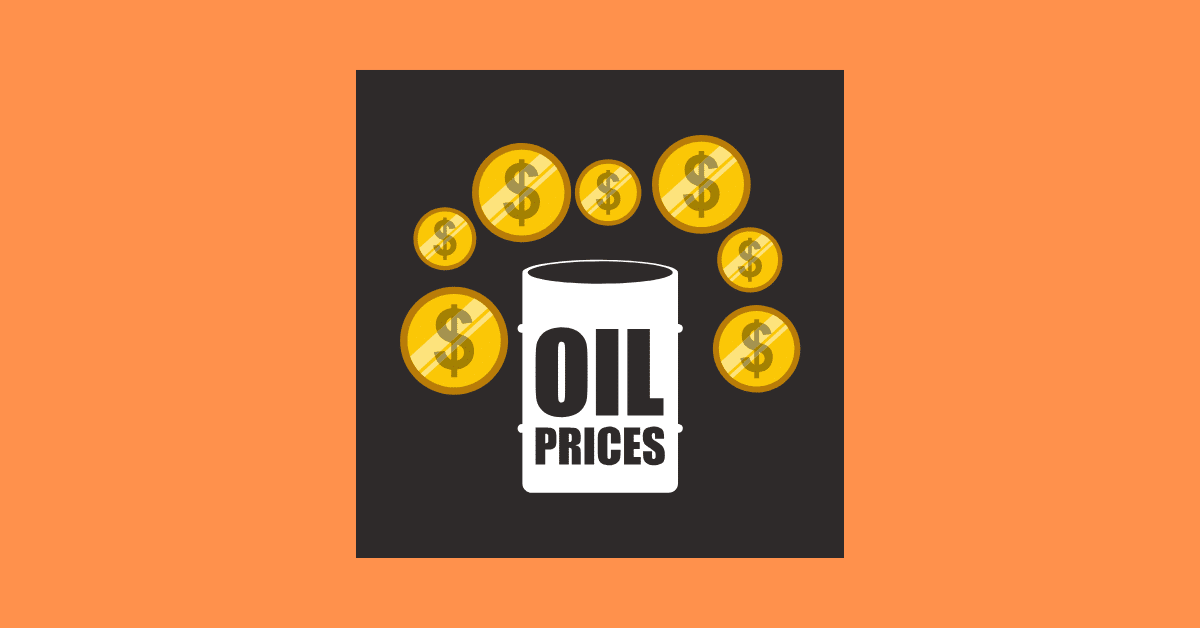
OPEC and OPEC+ play a significant role in determining global oil prices.
Not only the interests of Saudi Arabia and Russia (the leaders of the two blocks) but the profit margins of the Shale Oil industry of the US is also a major factor in the oil price war.
Context
- Rise of OPEC+ and its influence on global oil prices.
- Russia – Saudi Arabia oil price and how COVID-19 changed the equation.
- Falling oil prices leading to negative future contracts in 2020.
OPEC
- The Organization of the Petroleum Exporting Countries (OPEC) was founded in Baghdad in 1960 and headquartered in Vienna.
- OPEC has 14 member countries including the Islamic Republic of Iran, Iraq, Kuwait, Saudi Arabia, and Venezuela as its founder members.
- OPEC Members: Iran, Iraq, Kuwait, Saudi Arabia, Venezuela, Qatar, Indonesia, Libya, the United Arab Emirates, Algeria, Nigeria, Ecuador, Gabon, Angola, Equatorial Guinea and Congo.
- In its biannual meetings, oil ministers agree on production quotas for each member. They can control production since most of the member countries have state-run oil firms.
- OPEC’s stated objective is to co-ordinate and unify petroleum policies among member countries and ensure stable prices for petroleum producers.
- Most OPEC countries rely heavily on revenue from oil sales. High oil prices can hurt demand and low prices can affect the budget. Hence the organization tries to balance oil prices from getting too low or too high.
OPEC-Russia and the Shale Revolution
- Shale oil and gas is produced by horizontal drilling and hydraulic fracturing (fracking) of the porous rock holding oil and gas. The explosion in the production of shale gas turned U.S to a net LNG exporter by 2016.
- Compared to other oil-exporting countries, private companies are dominant in the U.S. oil industry and they have maintained a steadily increasing supply to ensure that prices pay for more exploration.
- From 2014 to 2016 the OPEC-Russia strategy was to reduce oil prices to unprofitable levels to counter the loss of market share due to US shale oil and gas production. Though U.S. output dropped, the industry survived via cost-cutting, innovating, and becoming more efficient.
- When their government deficits increased, OPEC pursued a new strategy of higher prices supported by production limits was adopted.
- The OPEC–Russia production cuts during 2017-18 and high prices facilitated the rise in U.S. shale production which managed to offset part of the cut. The U.S became the largest crude-oil producer driven by the rise in shale oil production.
OPEC+
- OPEC+ refers to the group of 24 crude producers comprising 14 OPEC members and 10 non-OPEC members including Russia.
- The OPEC members’ bloc is led by Saudi Arabia while Russia is the biggest producer amongst the non-OPEC members.
- OPEC with 14 members controls 35% of global oil supplies and 82% of proven reserves. These figures increase to 55% and 90% respectively with the addition of 10 non-members to form the OPEC+ group. This enables the OPEC+ group to have substantial control of oil prices around the world economy.
- Production quota:
- The OPEC+ group was formed in 2017 to take coordinated actions to stabilize oil prices and have been undertaking corrections in supply in the oil markets since 2017.
- The last production cuts that the OPEC+ group committed to, for cutting oil production by 1.2 million barrels a day (BPD) or around 3% of members’ output, was scheduled to expire at the end of March 2020. The two top producers — Saudi Arabia and Russia — agreed to bear the brunt of the cuts.
- The OPEC group hoped to extend production quota beyond March 2020 and come to an agreement to reduce oil production by an additional 1.5 million barrels per day (BPD).
- Russia refused to participate in further production cuts because:
- From Russia’s point of view, all this strategy of production cuts was helping U.S. oil producers at the expense of everyone else.
- It needs the money from its oil exports.
- Russia argued that it is dangerous to cut production during winter, as production sites could be damaged due to extreme temperatures in the Siberian oil fields which account for two-thirds of Russia’s production.
- Russia also wants a relook into the OPEC’s accounting rules for how gas contributes to the oil quotas. This could enable Russia to increase its oil production under the terms of the current agreement.
Coronavirus outbreak and the aftermath

- A substantial decline in oil demand
- World oil demand in 2019 stood at around 99.67 million barrels a day.
- After the global outbreak of the coronavirus, the oil demand was set to contract in 2020 for the first time since 2009.
- According to the International Energy Agency, in the worst-case scenario i.e. if the coronavirus continues to spread globally and China’s need for oil remains subdued, global oil demand could fall by as much as 730,000 barrels a day in 2020.
- Its base case is for a slump in demand of around 90,000 barrels a day, assuming that the situation in China improves in the second quarter.
- Saudi Arabia and Russia pledge to increase production
- When the deal for production cuts fell apart, Saudi Arabia and Russia pledged instead to ramp up production.
- Saudi Arabia announced that it would increase its production from 9.7 million barrels per day to 12.3 million, while Russia planned to increase oil production by 300,000 barrels per day.
- Saudi Arabia also announced price discounts in March 2020.
- The oil market, in the face of a double crisis, collapsed.
- The futures contract for West Texas Intermediate (WTI, the benchmark for U.S. crude prices), fell more than 300% to “negative” prices.
- Because of oversupply, it was becoming difficult to find space for the storage of oil.
- Each futures contract trades for a month. May contracts didn’t want to take delivery of the oil and incur storage costs and ended up paying to take the oil off their hands.
- This the lowest crude oil price ever recorded (the previous lowest was immediately after World War II).
- Brent crude, the benchmark for global oil prices, plummeted. Brent crude is less sensitive than WTI prices to supply-side shocks because it is priced in the middle of the North Sea where sufficient tanker storage is accessible, while WTI oil storage in the U.S. is limited as well as landlocked, making transportation relatively more difficult.
- New deal
- Saudi Arabia and Russia, to stabilize the market, struck a deal with other major oil-producing nations of OPEC+ to slash production.
- The members agreed to cut production by 9.7 million barrels a day in May and June. This is the deepest cut ever agreed to by the world’s oil producers.
- After that, the group agreed to steadily increase production until the agreement expires in April 2022.
Conclusion
- The oil price wars initiated by the OPEC+ group to counter the rise of the shale oil market in the U.S did not meet its intended objectives.
- The flooding of oil by Saudi Arabia and Russia in a global oil market already facing a deep fall in demand after the onset of coronavirus nearly collapsed the oil market.
- The latest deal is unlikely to solve the demand crisis as the agreed reduction in output amounts to only about 10% of the world’s normal supply of oil. The estimates suggest that demand for oil has collapsed much further.
- The oil industry is also facing an existential crisis in the form of electric vehicles (EVs) which continue to gain market share.
- All these have made the future of the oil industry extremely unpredictable.






Leave a Reply